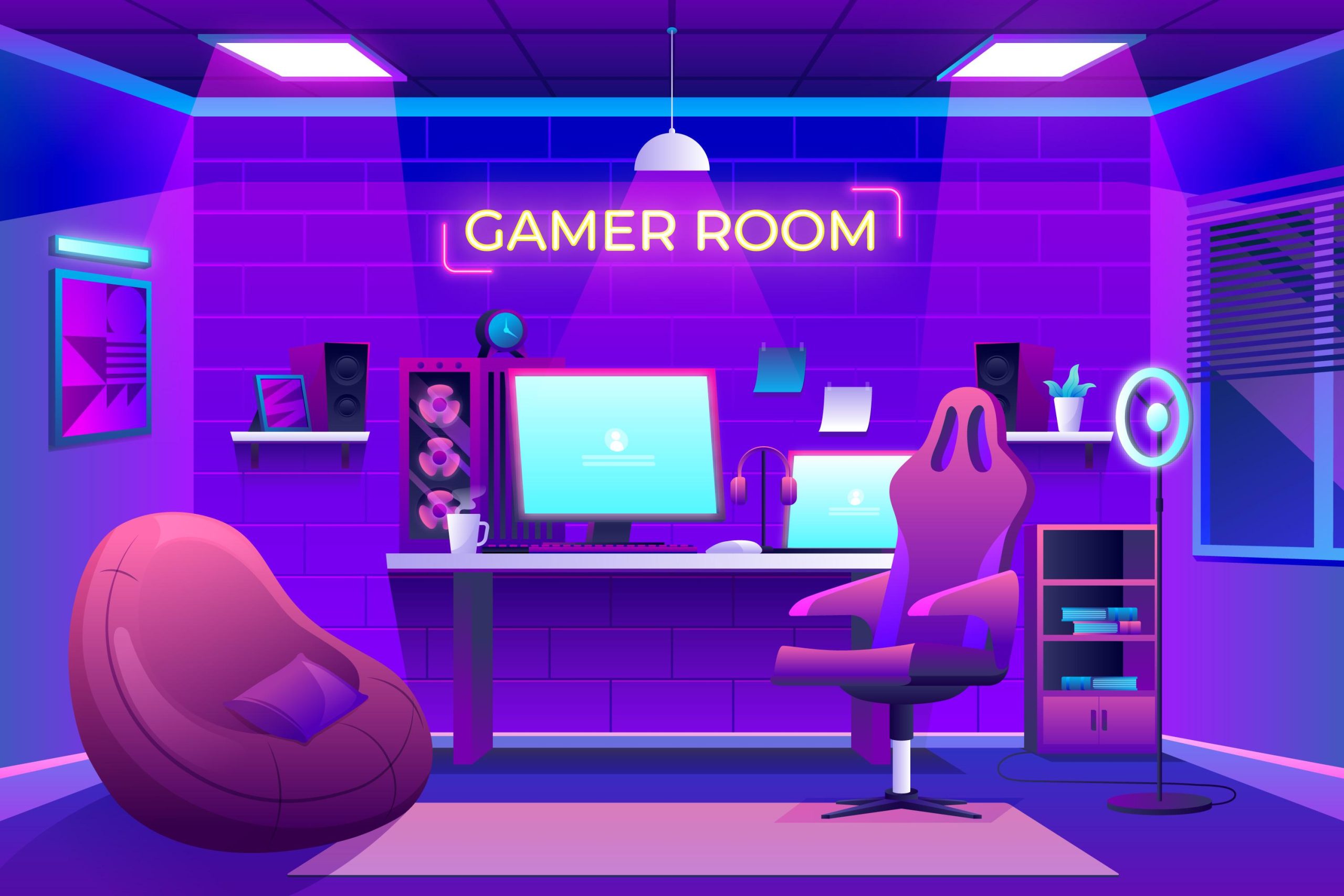
Building a streaming PC can be a daunting task, but with the right components?
If you’re a PC gamer who streams, having a powerful and reliable machine is essential to your success. Not only do you need a computer that can handle high-end gaming, but you also need one that can handle streaming software and handle the demands of live streaming.
To help you build the ultimate streaming PC, we’ve put together a list of essential components to consider when building your rig.
Processor (CPU)
The processor is the heart of your PC, and when it comes to streaming, you’ll want a CPU that can handle both gaming and streaming simultaneously. We recommend going with either an Intel Core i7 or AMD Ryzen 7 processor for the best performance.
Graphics Card (GPU)
Your graphics card is another critical component of your streaming PC. A powerful GPU will ensure that your games run smoothly, while also allowing you to encode your streams efficiently. The Nvidia GeForce RTX 30 series or AMD Radeon RX 6000 series are great options for high-end gaming and streaming.
Memory (RAM)
When it comes to streaming, having enough RAM is essential. We recommend at least 16GB of DDR4 RAM, but if you plan on multitasking while you stream, we suggest going with 32GB or more.
Storage
Streaming can take up a lot of storage space, so having a fast and reliable storage solution is important. We suggest using an SSD for your operating system and games, and a separate hard drive for storing your streams and other files.
Motherboard
Your motherboard is the backbone of your PC, connecting all your components together. Make sure you choose a motherboard that’s compatible with your chosen CPU and has enough PCIe slots for your GPU and other expansion cards.
Cooling
A high-performance PC generates a lot of heat, so proper cooling is essential. We recommend using a liquid cooler or a high-quality air cooler to keep your CPU and GPU temperatures in check.
Power Supply Unit (PSU)
Finally, you’ll need a reliable power supply to keep your components running smoothly. Make sure you choose a PSU that’s rated for your components’ power consumption and has enough wattage to handle everything.
